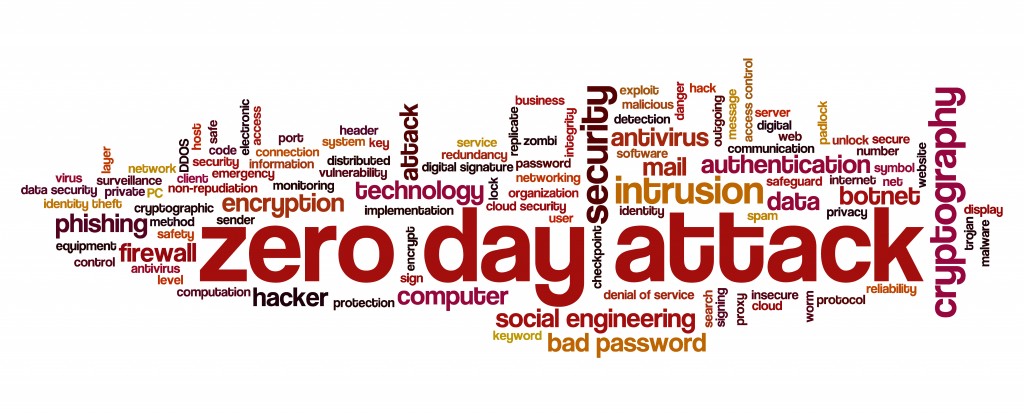You do not have to be an IT expert to defend yourself against zero-day attacks. Simply by looking at this article, in fact, you are one step closer to protecting yourself.
Because the better you know about dangers on the internet, the happier you will have the ability to defend yourself.
Choose a top-notch antivirus that protects against both known and unknown threats. And be sure that you have understood that one the most important challenges for you would be zero-day attack prevention.
1. Use a top-notch antivirus
The very first thing you are able to do is to get yourself a great antivirus. Be sure the antivirus you choose does not just protect against known threats, since zero-day attacks are, by definitions, attacks that weren’t known just 1 day earlier. When you choose the antivirus software of yours, be sure that it protects you from both known and unknown attacks.
2. Update your software
Another essential way of protecting yourself against zero-day attacks is usually to ensure you make use of the most updated version of the program of yours. If the software you trust sends you a notice to upgrade the version of yours, do this. If the software update explains that this an important update (it can be described as a “critical security release” or perhaps) that is similar, believe them. The update may have a patch to a recently discovered vulnerability. By updating the software of yours, you immunize yourself against possible future infections through that vulnerability.
Many software vendors automatically update the software of yours for you. Windows, for instance, automatically install recommended and important updates to your Windows software. While it’s feasible to turn off these automatic updates, it’s highly suggested you do not, as they protect you from potentially dangerous security and reliability problems.
3. Use only updated browsers
Firefox, Chrome as well as Internet Explorer all push out automatic updates of the browsers of theirs on a consistent schedule. These updates, which usually include patches to newly discovered vulnerabilities, typically take place in the background. The updates are installed when you close and reopen the browser of yours, as well as will not disturb the use of yours of the browser at all.
If perhaps you have left your browser open for a few days, you may see your browser prompt you to update manually. For instance, in Chrome, you will observe the shades of the Chrome menu in the top right corner switch to green, red or orange. This’s a subtle reminder to update your Chrome browser, and this also can be achieved through the Chrome menu. Be sure you click Restart afterward so the changes are applied.
An ounce of prevention… Protecting yourself online is not very different from protecting yourself in other aspects of life.
You buckle up your safety belt BEFORE you start driving.
You purchase travel insurance BEFORE you board the plane.
You set your alarm clock BEFORE your nine a.m. job interview.
When it involves the internet, protecting yourself from online threats also requires advance planning. Make certain your antivirus is up-to-date and powerful. Make certain the browsers of yours and software are up-to-date.
Disclosure: We might earn commission from qualifying purchases. The commission help keep the rest of my content free, so thank you!




